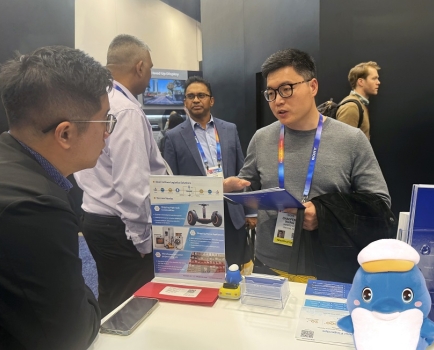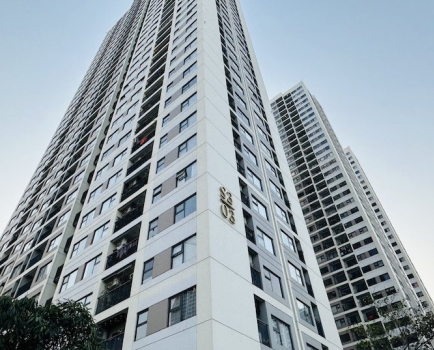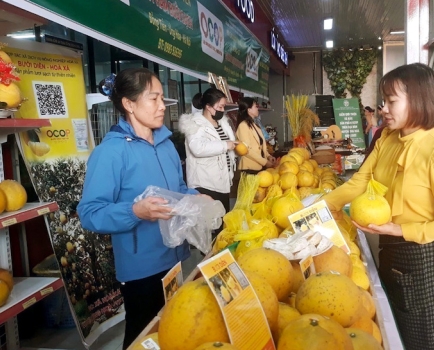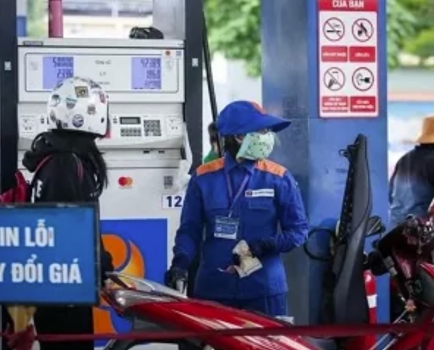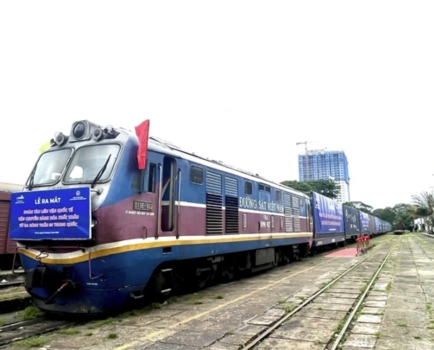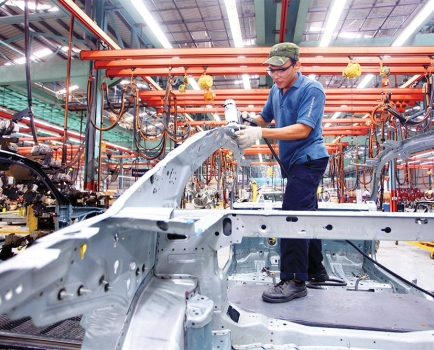Obtaining travel visa to Vietnam harder than its neighbors: survey
Tue, 05 Nov 2019 16:23:00 | Print | Email Share:
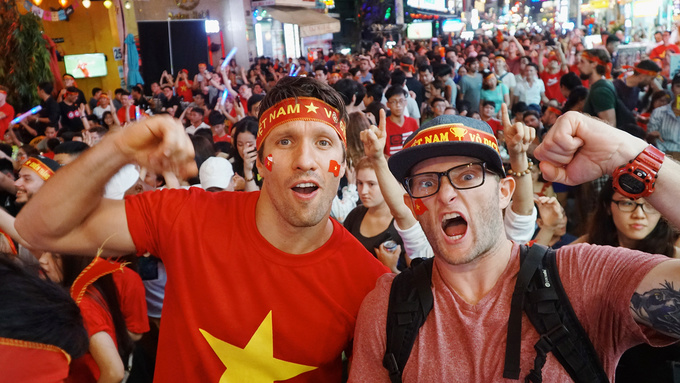
during AFF Suzuki Cup 2018 on Bui Vien pedestrian Street in District 1,
HCMC, on December, 2018. Photo by VnExpress/Phong Vinh.
Vietnam’s Tourism Advisory Board (TAB) has suggested new policies after survey participants stated getting a travel visa to Vietnam was tougher than other Southeast Asian countries.
The survey, done between January 15 to March 1, asked opinions of 130 tourists, 35 potential tourists and 23 tourism-related organizations and businesses.
It found that Vietnam's two official immigration websites, immigration.vn and xuatnhapcanh.gov.vn, left many tourists confused.
TAB has proposed that authorities merge the two sites and ease the process of applying for e-visas to Vietnam. It has also suggested changing the visa exemption period for a single entry from maximum of 15 days to 30 days.
TAB, established in 2012 as a result of EU support to Vietnam National Administration of Tourism (VNAT), is active in the promotion of tourism through a public-private partnership (PPP) model.
Hoang Nhan Chinh, head of TAB, acknowledged there were concerns that tourists granted long-term visa exemptions would work illegally in the country. However, he said that the exemption period can be adjusted according to the circumstance in each case.
But with the visa exemption program scheduled to end on December 31, TAB proposed that it is extended to the concerned countries for five more years. It said that the number of Russian, Japanese and South Korean tourists, three of countries received visa exemption, accounted for one third of total foreign tourists visiting Vietnam in 2018.
The agency also suggested adding six more countries - Australia, New Zealand, Canada, the Netherlands, Switzerland and Belgium – to the list.
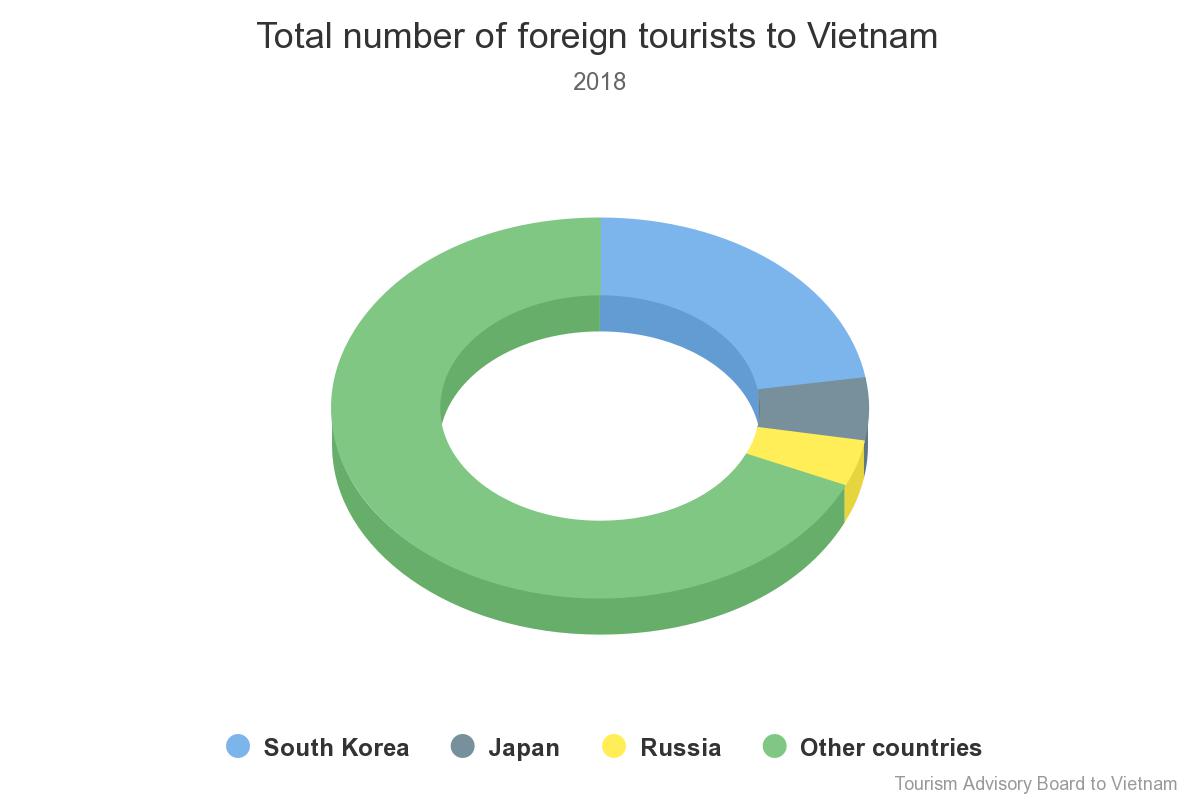
Regarding the procedures for applying for a visa at the international border gates, many companies and organizations providing visa services were charging high fees from tourists, Chinh said.
The government's official fee to obtain a visa is $25. But the survey found that only 18 percent of visitors paid less than $30 while the majority spent far more than what they should have, with some paying as much as $90.
TAB proposed that the Ministry of Public Security should set one official fee and have certain provisions to protect tourists' rights if it was going to allow the visa service companies continue their work.
The board also wanted information regarding obtaining visas to be clear, consistent and up to date. It recommended that all Vietnamese embassy staff abroad use the embassy’s email address instead of personal addresses when dealing with professional issues. This would reduce security concerns with visitors, increasing Vietnam's professionalism, it said.
According to the World Economic Forum's Travel and Tourism Competitiveness report released in September, Vietnam moved from 67th position to 63rd out of 140 economies in the ease of obtaining visas ranking.
Vietnam’s overall score increased 0.12 points from 2017 to 3.9 thanks to improvements in international openness, visa policies, price competitiveness, airport infrastructure and tourist services.
But the nation remains far behind its ASEAN peers in tourism competitiveness despite its jump in a global rankings this year, especially in the visa requirements category, in which Vietnam scored 3.7, below Thailand (3.9), Indonesia (4.3), Malaysia (4.5) and Singapore (4.8).
Vietnam currently offers visa exemptions to travelers from 24 countries, and e-visas for 80 countries and territories.
The number of foreign tourists to Vietnam reached 14.5 million in the first 10 months, surging 34.3 percent year-on-year, with Asian tourists accounting for 75 percent of total foreign arrivals, the Vietnam National Administration of Tourism reported.
The country achieved a record high of 15.5 million in 2018, a year-on-year rise of 20 percent. The number, however, was lower than that of neighboring countries. Thailand welcomed 38 million foreign arrivals, while the figure for Malaysia and Singapore was 25 million and 18.5 million respectively.
By: Kieu Duong/Vnexpress
---------------------------------------------
Same category News :



